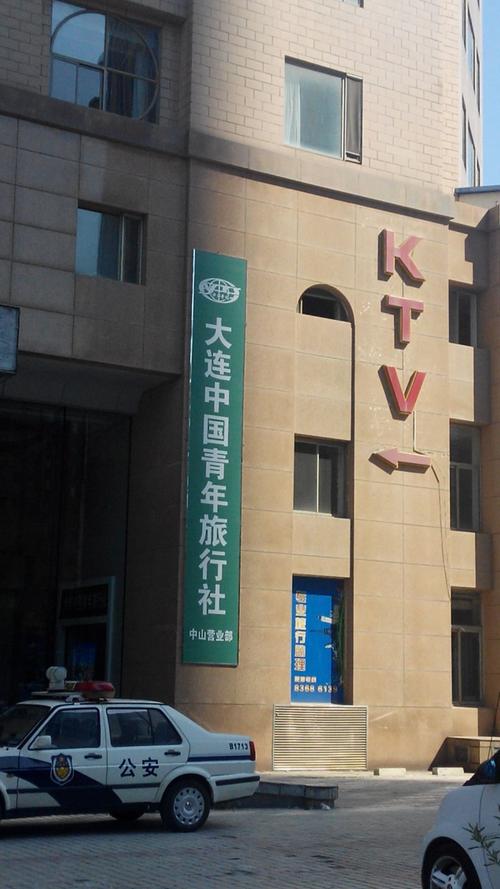Introduction:
Warehousing plays a critical role in the logistics and supply chain management of businesses. To ensure smooth operations and costeffective management, it is essential to maximize warehouse efficiency. One of the most effective ways to achieve this is by applying lean principles. In this article, we will explore how businesses can maximize warehouse efficiency by implementing lean principles.
Understanding Lean Principles
Lean principles are based on the concept of minimizing waste while maximizing productivity. The key principles of lean management include:
- Value: Identifying the value that each process or activity adds from the customer's perspective.
- Value Stream: Mapping the value stream to understand the sequence of activities and processes required to deliver a product or service.
- Flow: Ensuring a smooth and uninterrupted flow of materials and information throughout the value stream.
- Pull: Establishing a pullbased system where items are only produced or replenished based on actual customer demand.
- Perfection: Striving for continuous improvement and perfection in processes and operations.
Applying Lean Principles in Warehouse Management
1. Streamlining Layout and Workflow
Optimizing the layout of the warehouse is essential for improving workflow. By analyzing the movement of goods and the picking routes, businesses can rearrange storage areas to minimize the travel distance and time required to fulfill orders. This can be achieved through techniques such as zone picking, where items are grouped based on order frequency and proximity to packing stations.
2. Implementing 5S Methodology
The 5S methodology (Sort, Set in order, Shine, Standardize, Sustain) is a fundamental lean tool for organizing the workplace. By decluttering storage areas, establishing visual management techniques, and setting clear standards for cleanliness and order, warehouses can create a more organized and efficient environment.
3. JustinTime (JIT) Inventory Management
Adopting a justintime inventory approach minimizes excess inventory holding costs and reduces the risk of stock obsolescence. Warehouse managers can work closely with suppliers to synchronize deliveries with actual demand, minimizing the need for large buffer stocks.
4. Continuous Improvement and Kaizen
Encouraging a culture of continuous improvement, known as Kaizen, is central to lean principles. Warehouse staff should be empowered to identify and address inefficiencies on an ongoing basis. Regular Kaizen events can also be organized to tackle specific challenges and drive improvements in warehouse operations.
Key Benefits of Implementing Lean Principles in Warehousing
By adopting lean principles in warehouse management, businesses can experience a range of benefits, including:
- Reduced lead times and cycle times
- Lower operating costs through waste reduction
- Improved accuracy in order fulfillment
- Enhanced employee morale and engagement
- Increased flexibility to respond to market changes

Challenges and Considerations
While the implementation of lean principles can significantly improve warehouse efficiency, it is important to consider potential challenges, such as resistance to change from existing staff, the need for initial investment in training and process reengineering, and the requirement for sustained management commitment to driving continuous improvement.
Conclusion
Maximizing warehouse efficiency through the application of lean principles is a proven strategy for businesses seeking to optimize their operations and deliver greater value to customers. By focusing on waste reduction, streamlined processes, and a culture of continuous improvement, warehouses can become key drivers of competitive advantage in today's dynamic business environment.











